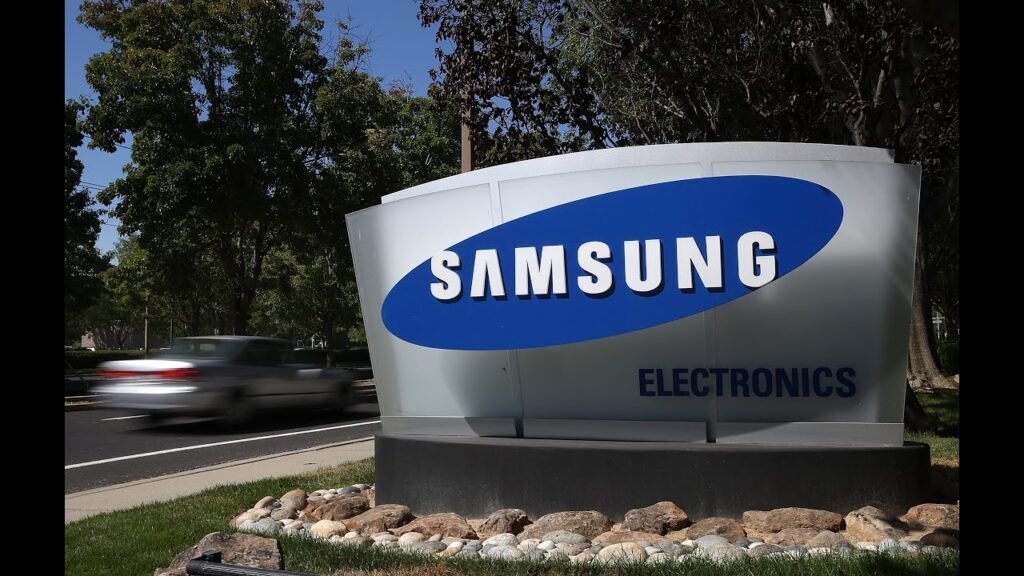The global smartphone race has taken a new turn this quarter, and Samsung has quietly slipped back into the number-one position. If you’ve been wondering who’s leading the world’s smartphone market today, the numbers make it clear: Samsung is back on top, and not just by a small gap. The company shipped almost 60 million smartphones, securing roughly 21% of the global market, while Apple followed with a little over 50 million iPhones, giving it 17% market share.
At first, these numbers may sound like typical tech news. But when you look deeper, they show something important about where the smartphone industry is headed—and what it means for everyday users like you. Let’s break it down in simple, conversational terms.
Samsung’s Big Comeback Explained
Samsung has always been a strong player, but the last few years saw Apple take the crown several times thanks to massive iPhone demand. This quarter, however, the story changed. Samsung didn’t make dramatic announcements, flashy events, or viral campaigns. Instead, it quietly pushed out more phones than anyone else.
How did it happen?
Samsung’s strength has always been in variety. From premium Galaxy S and Z series to mid-range A series and ultra-affordable M models, the company sells something for every price group. Apple, on the other hand, focuses on premium devices only.
So naturally, Samsung benefits in countries where users want reliable phones but can’t pay flagship prices. More options mean more users—and this quarter, it clearly paid off.
Apple Still Strong, But Feeling the Pressure
Apple shipping over 50 million iPhones is still remarkable, and the brand remains incredibly powerful. But the market shows one clear challenge: the smartphone world is getting competitive again. Consumers now have several quality options, especially in the mid-range category where Samsung dominates.
Apple still wins in:
-
brand loyalty
-
software ecosystem
-
long-term software updates
-
premium features
But wide-range affordability? That’s Samsung’s territory.
Why Shipments Actually Matter More Than We Think
Most people think that the best phone brand is the one making the “most advanced” or “most beautiful” devices. But analysts say something different: the real power lies in how many devices a brand ships, not how fancy the phones look.
Here’s why.
More Phones = Bigger User Base
The more people who buy Samsung phones, the bigger their ecosystem becomes. And a bigger ecosystem means:
-
more app downloads
-
more Samsung service users
-
more Galaxy watches, buds, tablets, and laptops sold
-
more upgrades in the future
It creates a cycle of growth. When millions more join the Galaxy ecosystem, developers also prioritize the platform more.
Apple Works the Same Way
Apple’s strength didn’t grow only because the iPhone is premium—it grew because millions of people own iPhones. That drives the App Store, iCloud, Apple Music, AirPods, and other services.
Now Samsung is doing the same, especially with One UI, Galaxy AI, wearables, and multi-device connectivity improving every year.
What This Means for Everyday Smartphone Buyers
You may be thinking, “Okay, cool numbers—but why should I care?”
Here’s why this shift matters:
1. More Competition = Better Prices
When Samsung and Apple fight for the top spot, users win. Companies push out more features, more updates, and better pricing. Expect discounts, trade-in deals, bundle offers, and more budget-friendly models.
2. Faster Innovation
Big brands innovate faster when trying to beat each other. Foldables, AI tools, longer battery life, satellite messaging—this rivalry fuels all of it.
3. More Budget Options
Samsung’s lead shows that people want good phones without breaking the bank. Expect more powerful mid-range devices in 2025.
4. Improved Ecosystems
Both companies are now expanding their ecosystems. Whether you’re a Samsung or Apple user, you will likely see:
-
better multi-device syncing
-
better cloud storage solutions
-
better security features
-
more personalized AI experiences
The competition forces both brands to improve constantly.
Is Samsung Really “Winning”?
If we judge by shipments alone, yes—Samsung is currently ahead. But the smartphone race keeps changing. Apple may catch up next quarter, especially after a major iPhone launch or holiday sales.
However, what’s becoming clear is this:
The winner is no longer determined only by premium design or flagship features. The brand that moves the most phones wins the influence game.
And right now, Samsung is doing exactly that.
The Future of the Smartphone Market
Looking ahead into 2025, analysts predict:
-
Samsung will continue dominating the mid-range market
-
Apple will focus heavily on AI and premium upgrades
-
Foldable phones will grow in demand
-
Battery life and charging speed will become major selling points
-
Brands like Xiaomi, Oppo, and Vivo will push harder for market share
The global market will stay competitive—and that’s good news for everyone.
Final Thoughts: What Should You Expect Next?
For now, Samsung sits comfortably at the top in shipment rankings, while Apple remains a strong second. The fight for global dominance will only get more intense. One thing is certain: whether you’re team Samsung or team Apple, the competition guarantees one thing—better phones, better ecosystems, and better experiences for all users.
The smartphone war isn’t slowing down. It’s getting smarter.
Read More: Huawei Mate 80 Series


